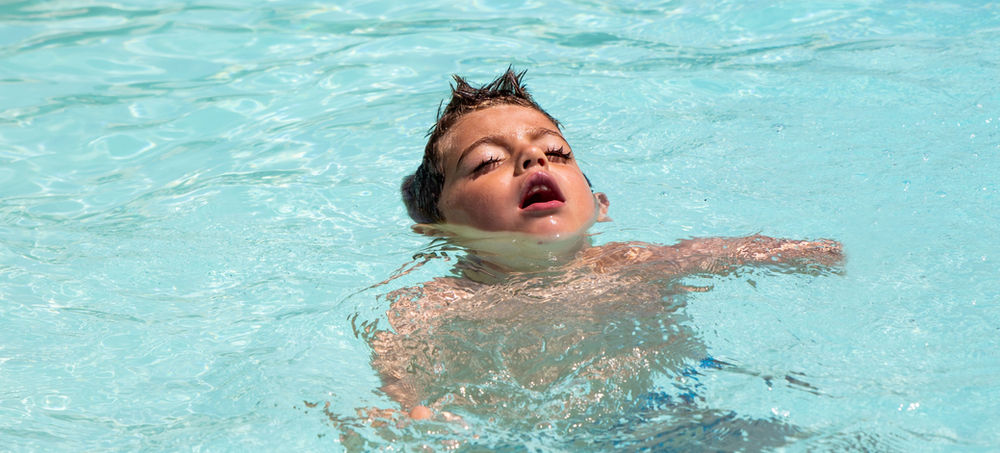
How long does it take to drown? The answer to this question is going to surprise and maybe frighten some of you. It is surprisingly a very short amount of time for adults. And, for all you mother’s and father’s out there that are reading this, it will probably frighten you.
Nearly 4,000 people every year die from drowning in the U.S.. That is nearly 11 deaths per day. And, there are nearly 8,000 nonfatal drownings or 22 per day. Children make up a majority of these statistics.
Drowning is a type of death caused by suffocation. Water gets into a person’s lungs and they can no longer breathe. When the heart can no longer get oxygen, it stops.
When a person is asked to hold their breath, the average adult can hold their breath for about 1 minute. However, it is different if a person can’t unexpectedly get their breath. In these cases, the average adult can hold their breath for only 30 seconds. The time that a person can hold their breath in these conditions is much shorter because a person is not mentally and physically prepared to hold their breath. So, it is much shorter.
In similar cases, old people and young adults can only hold their breath 20 – 30 seconds. Toddlers and infants only about 10 seconds.
Frightening, isn’t it!
In less time than it took you to read this article, so far, your young child could have already drowned!!
So, How Much WATER Itself Does It Take to Drown?
Not much!
Every year, many people drown in shallow lakes, puddles, and even their bathtubs. The amount of water that it takes varies according to a person’s
- Age
- Weight
- Health, especially their respiratory health
There are studies that show that a person can drown in .004 of a cup of water for every 2 lbs. that they weigh. In other words, a 40-pound toddler can drown in less than 1/5th of a cup of water. The lungs in a human cannot handle much water.
Another frightening statistic!
The World Health Organization stresses that water education and learning to swim and float are vitally important to reducing drowning statistics worldwide.
Never Leave Children Unattended in Water
Remember, drowning happens quickly and it doesn’t take much water. Be proactive. No matter what type of a body of water – ocean, lake, pond, or a bathtub, never leave children alone… not for a second!
Here are some best practices to follow:
Install pool fences and fence off all bodies of water
If you have a home pool or lake, create a barrier around them so that no unauthorized people can access them. A really good pool fencing company in the Houston area is Life Saver Of Houston.
Give all children swimming lessons
I know it is my own company, but that is what Life Saver Survival Swim School does, well. We teach all children 6-months and older to swim and float. If you don’t use my school, then at least use some other CPR-certified instructor in the Houston area.
Supervise children in water at all times
Never leave any child unattended if they are in or near a body of water. The leading cause of death in children between the ages of 1 and 4 is drowning according to the CDC.
Learn Cardiopulmonary Resuscitation
Learn CPR and be confident enough to use it until a skilled medical team reaches you, if necessary!
Call Life Saver Survival Swim School to Help You
We’ve been doing this for many years. We have helped and trained thousands! If you have questions, don’t be embarrassed to ask Bonnie, the owner. She has been asked nearly every question. Her telephone number is (832) 366-3008. Or, you can email her.

